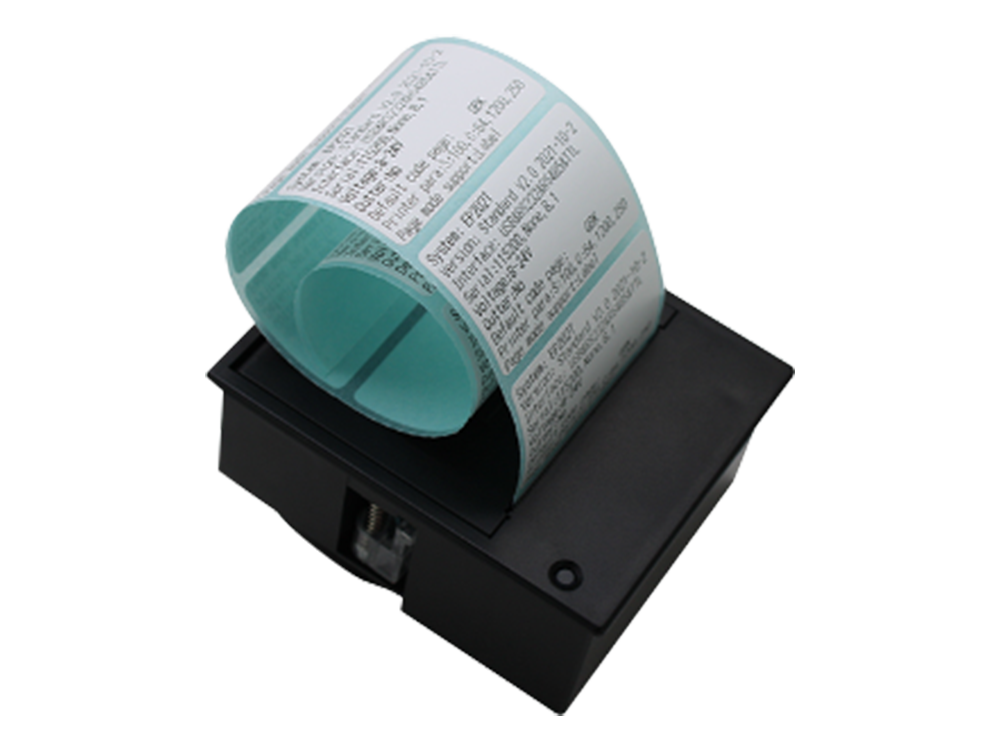Time:2025.05.24Browse:1

When a direct thermal printer malfunctions, a systematic approach to fault diagnosis is essential to quickly identify and resolve the issue. Common malfunctions include the printer failing to respond, producing incorrect prints, or experiencing intermittent operation, all of which can disrupt workflow and cause inconvenience.
The first step in troubleshooting is to check the power supply. Ensure that the printer is properly connected to a stable power source and that the power cord is not damaged or loose. A malfunctioning power adapter or a blown fuse within the printer can lead to a lack of power. If the printer's power indicator does not light up, use a multimeter to test the voltage at the power input. If there is no voltage, the power adapter may need replacement; if there is voltage but the printer still does not power on, internal power - related components such as the power supply board might be faulty.
Next, examine the communication connection. Whether it's connected via USB, Ethernet, or Wi - Fi, a poor connection can prevent the printer from receiving print commands. For USB connections, check if the cable is firmly plugged into both the printer and the host device and try using a different USB port. In the case of network - connected printers, verify the IP address settings, network cable integrity, and the status of the network router. If the printer is connected via Wi - Fi, ensure that it is within range of the wireless network and that the network password is correctly configured. Additionally, check if the printer driver on the host device is up - to - date. An outdated or corrupted driver can cause communication errors, resulting in the printer not responding to print jobs.
If the power and communication are normal but the printer still malfunctions, issues may lie within the printer's internal components. For example, a malfunctioning main control board can disrupt the printer's operation logic, leading to incorrect print behavior or failure to execute commands. Sensors within the printer, such as paper sensors and print - head sensors, play a crucial role in its operation. If a paper sensor fails to detect the presence of paper, the printer may display a paper - out error even when there is paper loaded. Use diagnostic tools provided by the manufacturer to test the functionality of these sensors. If a sensor is found to be faulty, it should be replaced promptly to restore normal printer operation.
Read recommendations: